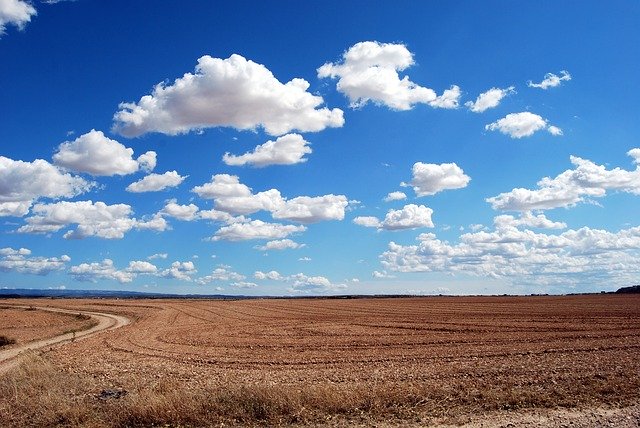Why is the sky blue?
Have you seen, after a rain, at times the sky is as deep blue as the water of a flat lake; after the thunder and lightning, the sky is temporarily dark blue, making the human mind panic. Why is the sky blue when the sun is shining? Moreover, the greener the blue sky, the purer. Could it be that the above air contains blue gas? In other words, is the air in itself blue?
To solve this problem, we do the following experiment. Use a box-shaped glass tank, in which 2/3 of the tank holds water. Using a little soil powder mixed with water makes it cloudy. Then put the tank on the window, choose a sunny morning, at about 7-8 am, the sunlight shines parallel on one end of the glass tank, the other end of the light comes out. At that time, you will discover a very interesting phenomenon: the water in the glass tank appears blue, and the light after passing through the tank will appear pale pink and purple yellow. The pale blue color in the glass tank is the same, but the principle is the blue sky in the sky.
As we all know, surrounding the Earth is the air layer. The air contains dust particles, ice crystals, and tiny water particles. When the sun (we only see the white beam, but in fact, it is composed of light from red, orange, yellow, green, blue, indigo, purple) through the air (like through a glass tank containing cloudy water in the above experiment). Long-wavelength red light has a great penetrating force (followed by orange light, yellow light, etc.). It can penetrate small particles in the air that reach the ground. Shorter wavelengths of blue, indigo and violet light are more susceptible to scattering all sides by small particles floating in the air, causing the air to appear blue.




